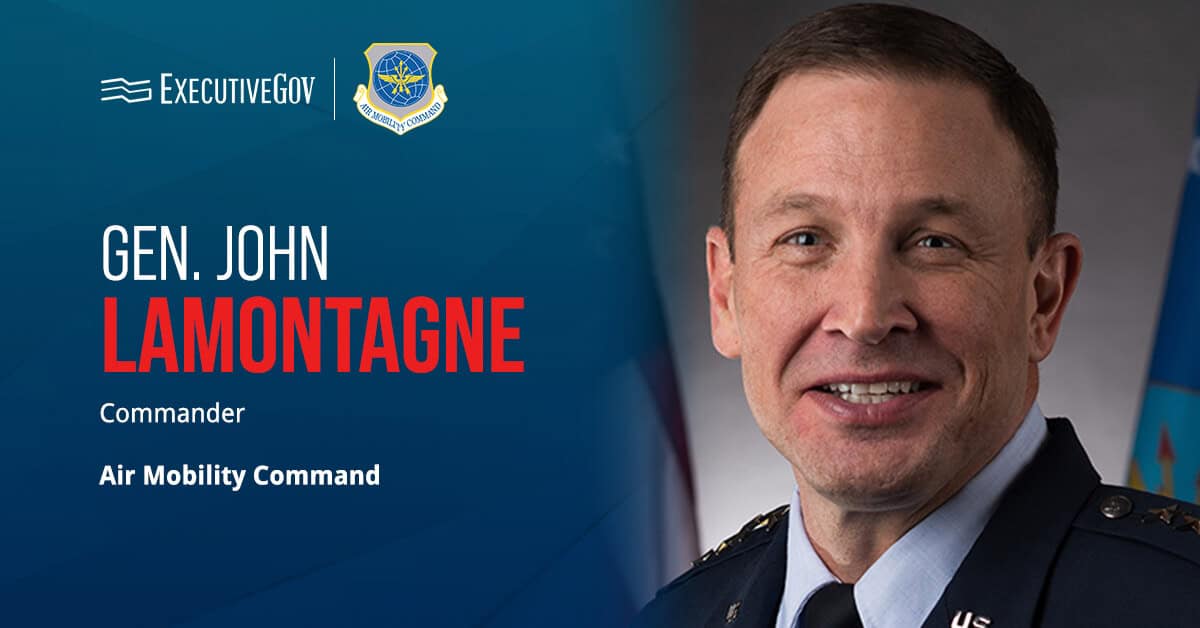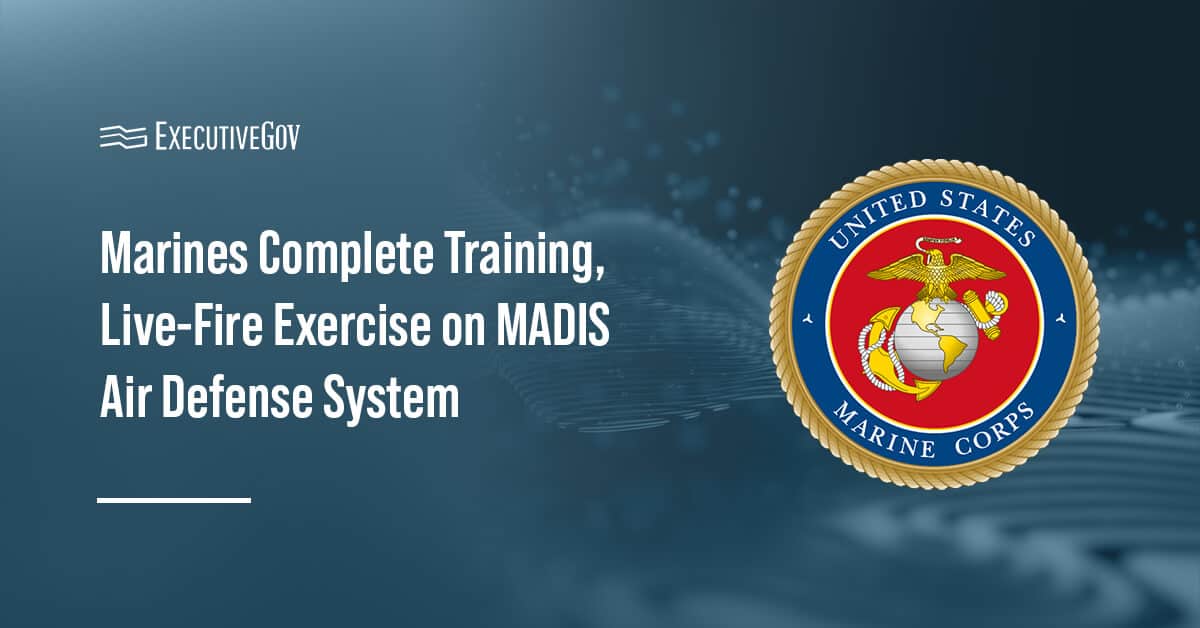
The U.S. Air Force expects to install Boeing’s KC-46 refueling tanker aircraft at McConnell Air Force Base in Kansas by the end of 2018, Kansas.com reported Thursday.
The service branch selected McConnell AFB for the first round of deliveries along with Pease Air National Guard Base in New Hampshire and Altus Air Force Base in Oklahoma.
McConnell AFB will receive 18 tankers for the first increment and is slated to expand the fleet to 36.
The air base invested $267M for 16 construction projects in preparation for the KC-46 tankers, which are expected to replace the KC-135 aircraft housed in its two air refueling wings.
The first KC-46 tanker was initially scheduled for delivery to McConnell AFB in March 2017.





